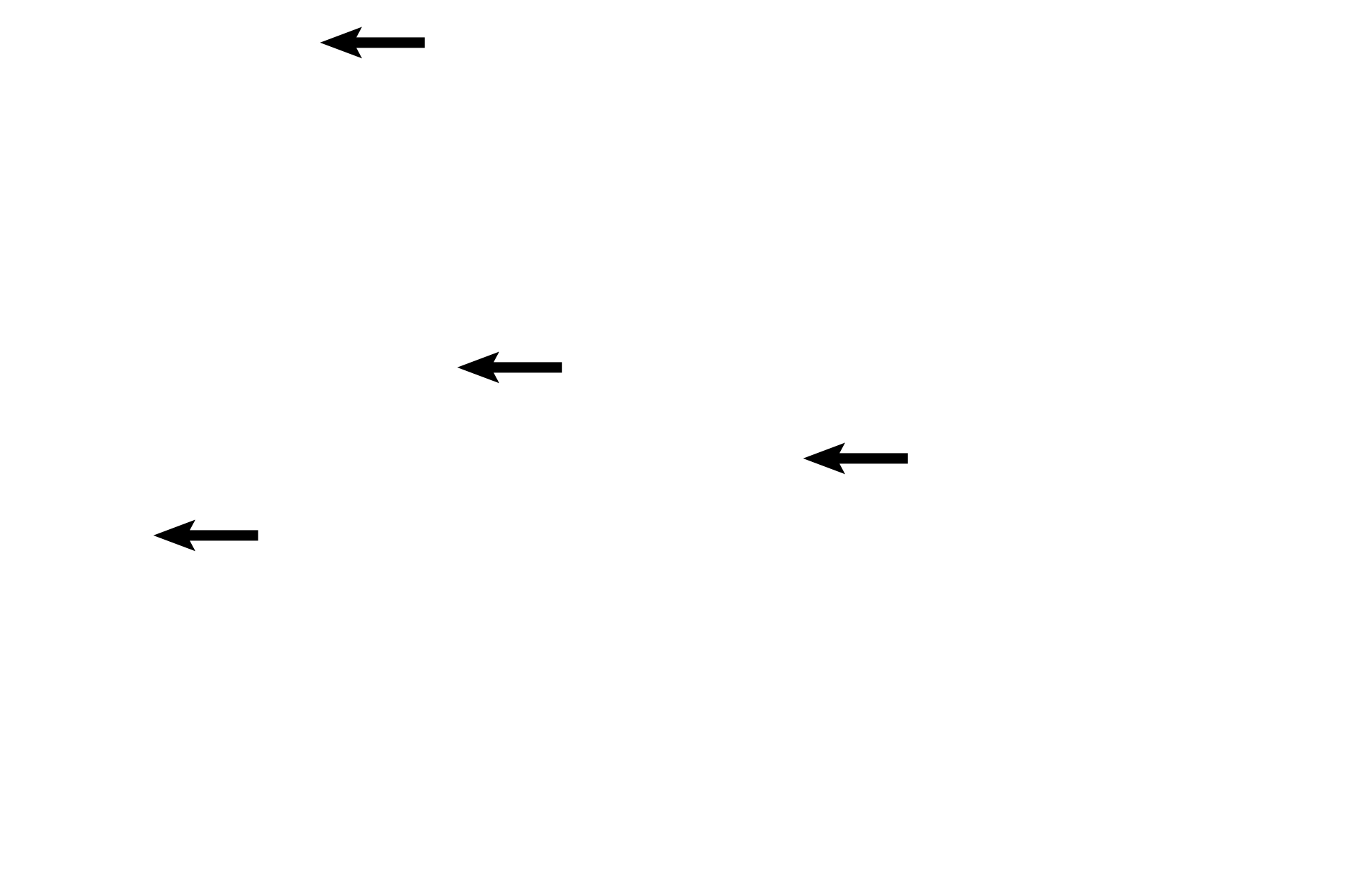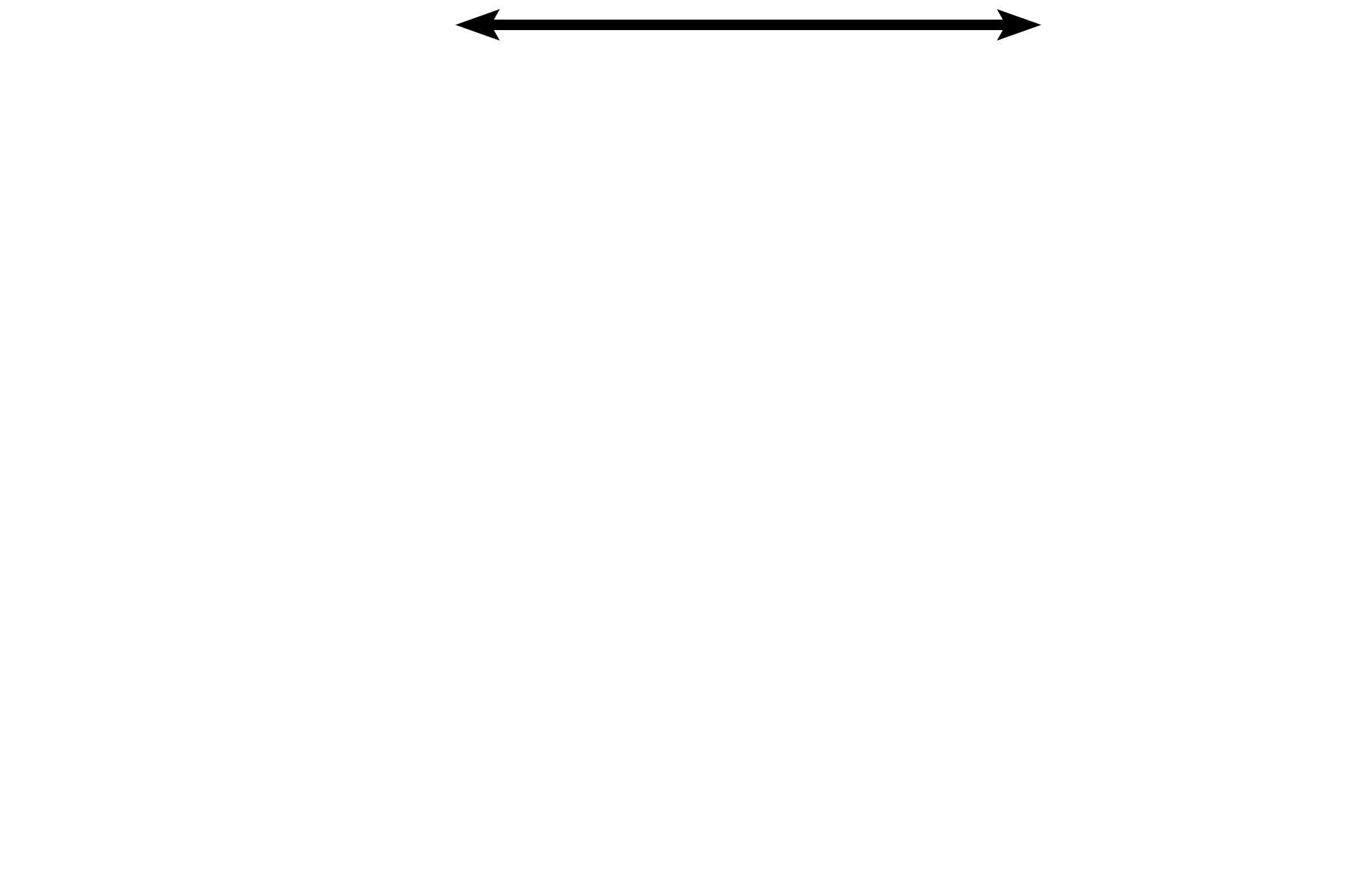
Breast: inactive
The breast is composed of multiple, tubuloacinar mammary glands, whose activity and structure are regulated mostly by estrogen and progesterone. Three functional stages of the breast are identified: inactive (when only ducts are present), pregnancy, and lactation (when secretory acini develop). 40x

Mammary gland >
Each breast is composed of 15-20 individual mammary glands, that represent modified sweat glands. Each mammary gland constitutes a lobe (oval) with multiple lobules (arrows) and opens onto the nipple via a separate lactiferous duct. This image shows the breast of an adult female in the inactive stage, when only ducts are present.

- Interlobular connective tissue >
The inactive breast contains abundant adipose tissue and connective tissue proper, which correspond to layers of the dermis. Although mammary glands are classified as tubuloacinar, the inactive breast has no functional acini, which means ducts predominate. This stage is also characterized by a greater proportion of interlobular connective tissue than glandular tissue.

- Ducts >
Intralobular ducts (red arrows) comprise the lobules of the inactive mammary gland. These ducts join to form Interlobular ducts (blue arrows) located in the interlobular connective tissue. A large proportion of the inactive breast is composed of adipose tissue.

Adipose tissue
Intralobular ducts (red arrows) comprise the lobules of the inactive mammary gland. These ducts join to form Interlobular ducts (blue arrows) located in the interlobular connective tissue. A large proportion of the inactive breast is composed of adipose tissue.